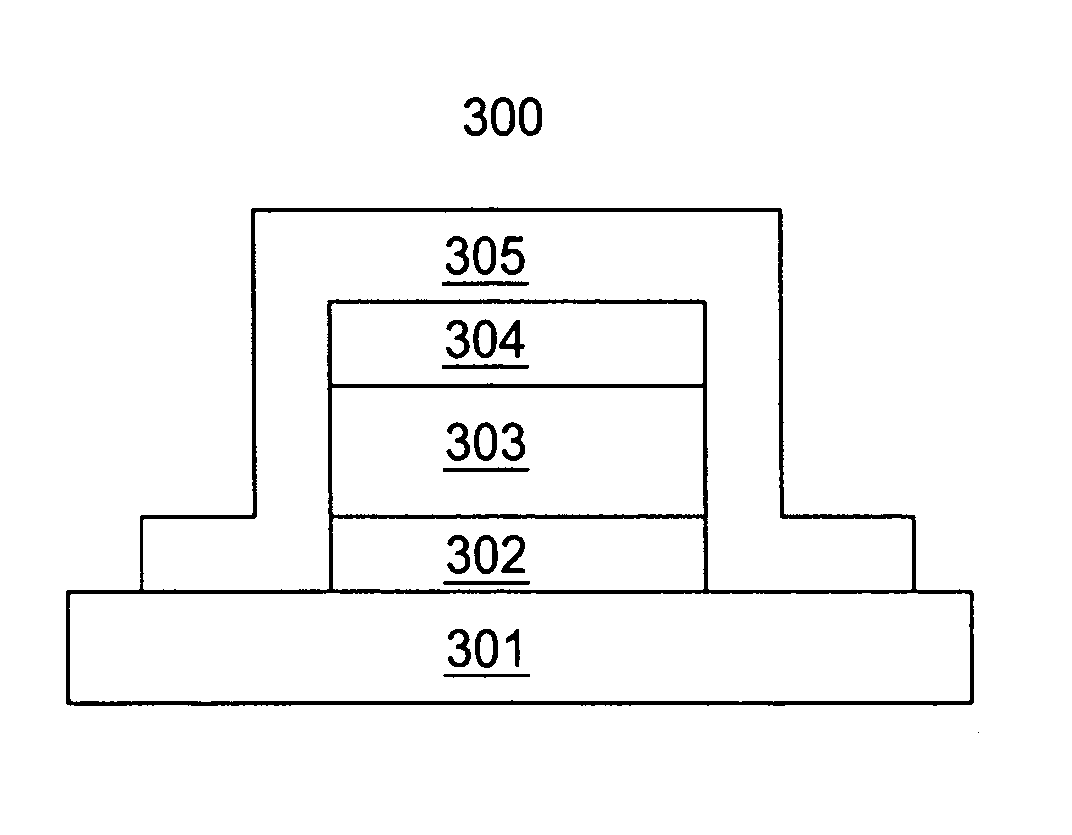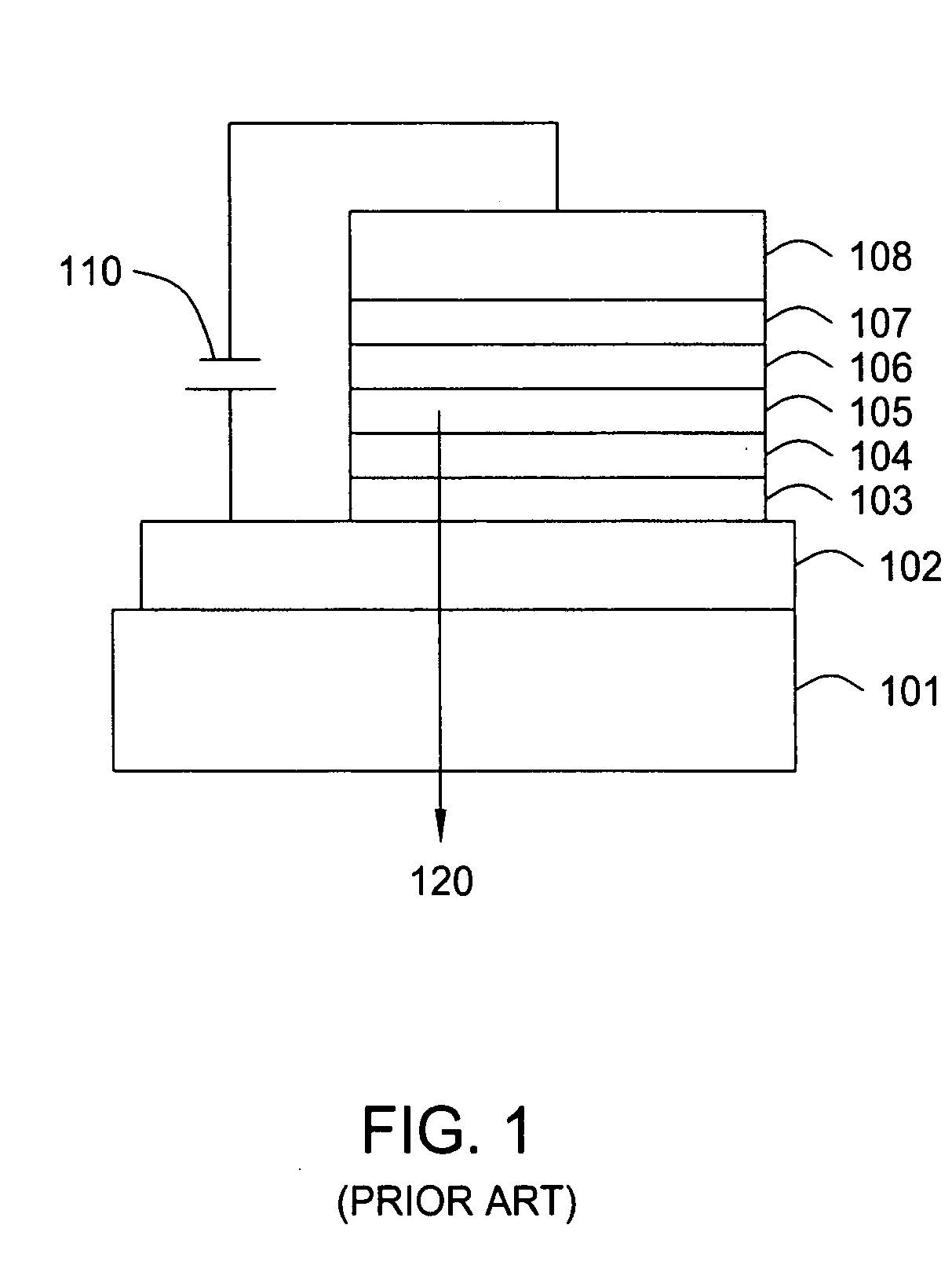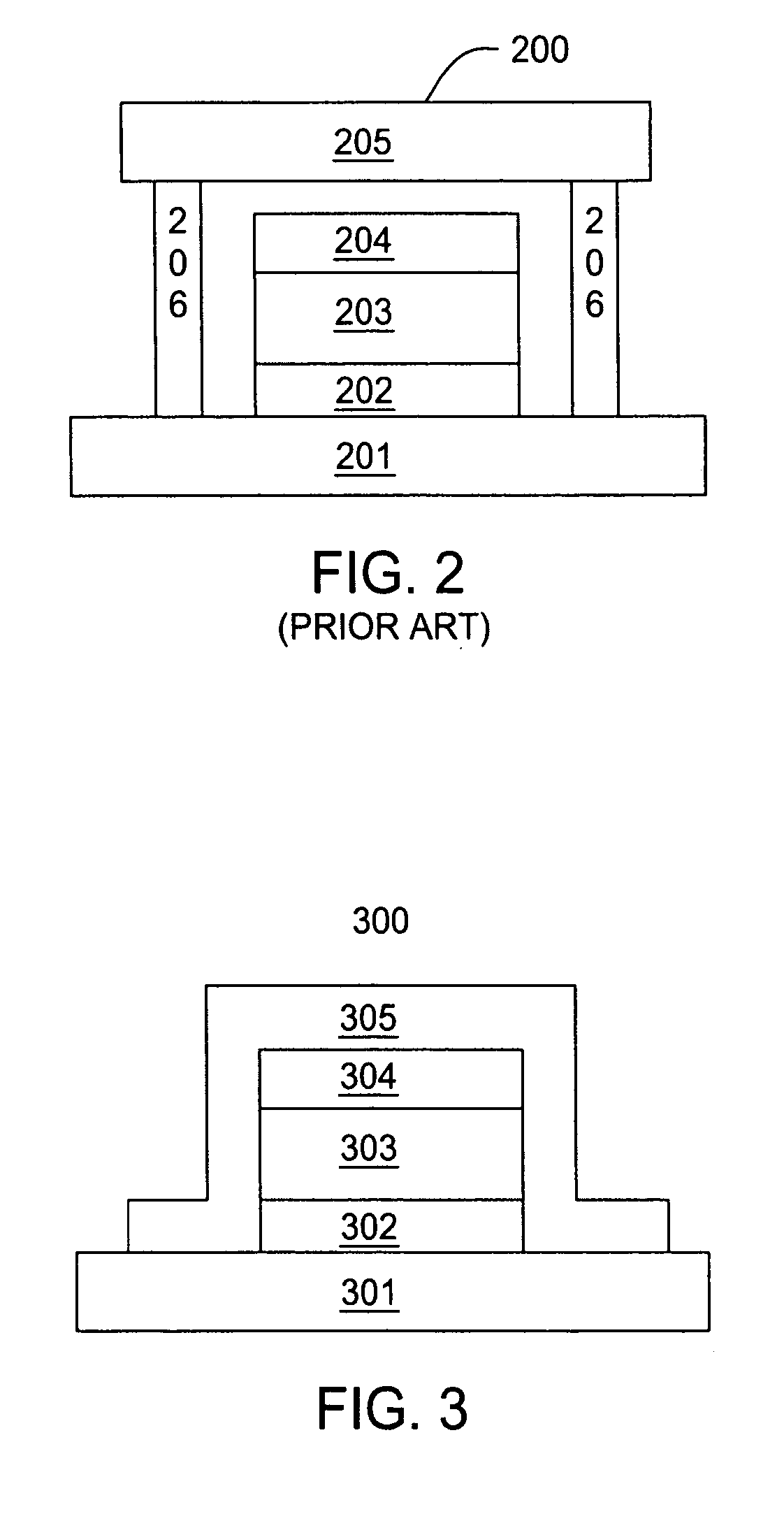Method to improve water-barrier performance by changing film surface morphology
a technology of film surface morphology and water-barrier performance, which is applied in the direction of solid-state diffusion coating, plasma technique, coating, etc., can solve the problems of increasing drive voltage, reducing el efficiency, and limited life of display devices, so as to improve the water-barrier performance of the material layer
- Summary
- Abstract
- Description
- Claims
- Application Information
AI Technical Summary
Benefits of technology
Problems solved by technology
Method used
Image
Examples
Embodiment Construction
[0023] The present invention generally relates to a method of improving water-barrier performance between a substrate and a film / layer deposited thereon. The invention describes using a hydrogen gas to reduce film surface roughness resulting in smooth film surface. The smooth surface of the deposited film prevents water and oxygen penetrating from atmosphere into the film and shows much lower WVTR (Water Vapor Transmission Rate) value. WVTR is a key parameter to indicate water-barrier performance in the Flat Panel Display (FPD) industry.
[0024] Substrates of the invention can be circular or polygonal for semiconductor wafer manufacturing and flat panel display manufacturing. The surface area of a rectangular substrate for flat panel display is typically large, for example a rectangle of at least about 300 mm by about 400 mm. In addition, the invention applies to any devices, such as OLED, FOLED, PLED, organic TFT, solar cell, etc., and can be on any of the silicon wafers, glass subs...
PUM
| Property | Measurement | Unit |
|---|---|---|
| temperature | aaaaa | aaaaa |
| temperature | aaaaa | aaaaa |
| pressure | aaaaa | aaaaa |
Abstract
Description
Claims
Application Information
 Login to View More
Login to View More - R&D
- Intellectual Property
- Life Sciences
- Materials
- Tech Scout
- Unparalleled Data Quality
- Higher Quality Content
- 60% Fewer Hallucinations
Browse by: Latest US Patents, China's latest patents, Technical Efficacy Thesaurus, Application Domain, Technology Topic, Popular Technical Reports.
© 2025 PatSnap. All rights reserved.Legal|Privacy policy|Modern Slavery Act Transparency Statement|Sitemap|About US| Contact US: help@patsnap.com



